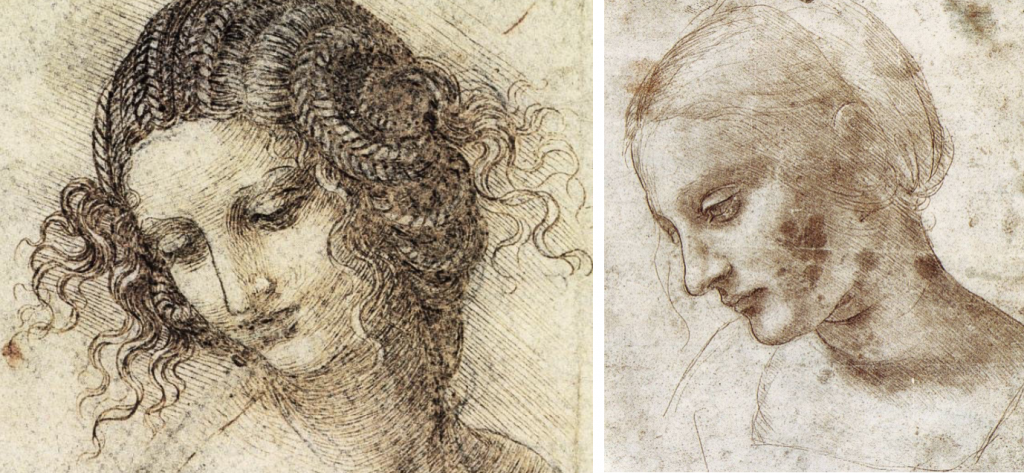The city of Florence was the home of Leonardo daVinci for a large portion of his life. It is where he began painting the Mona Lisa in 1503, although he later took it with him to the court of Francis I of France.
Britannica, The Editors of Encyclopaedia. “Mona Lisa.” Encyclopædia Britannica, Encyclopædia Britannica, Inc., 4 Apr. 2019, www.britannica.com/topic/Mona-Lisa-painting.

 Led by Prof. Dino Franco Felluga (
Led by Prof. Dino Franco Felluga (